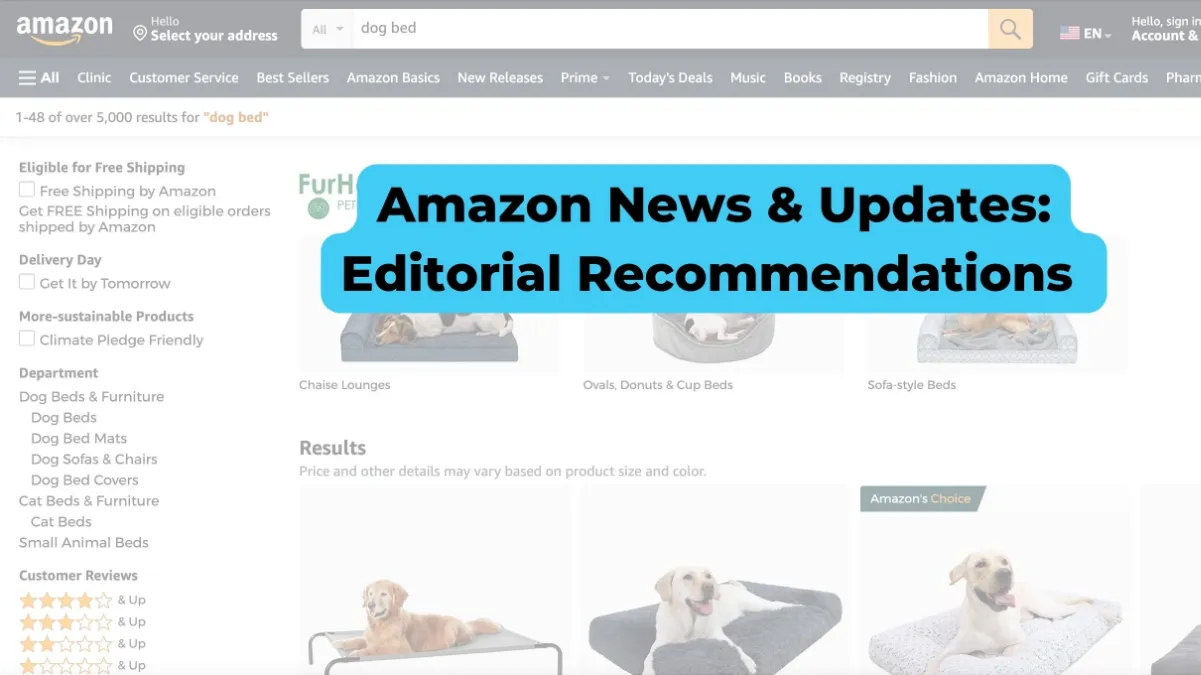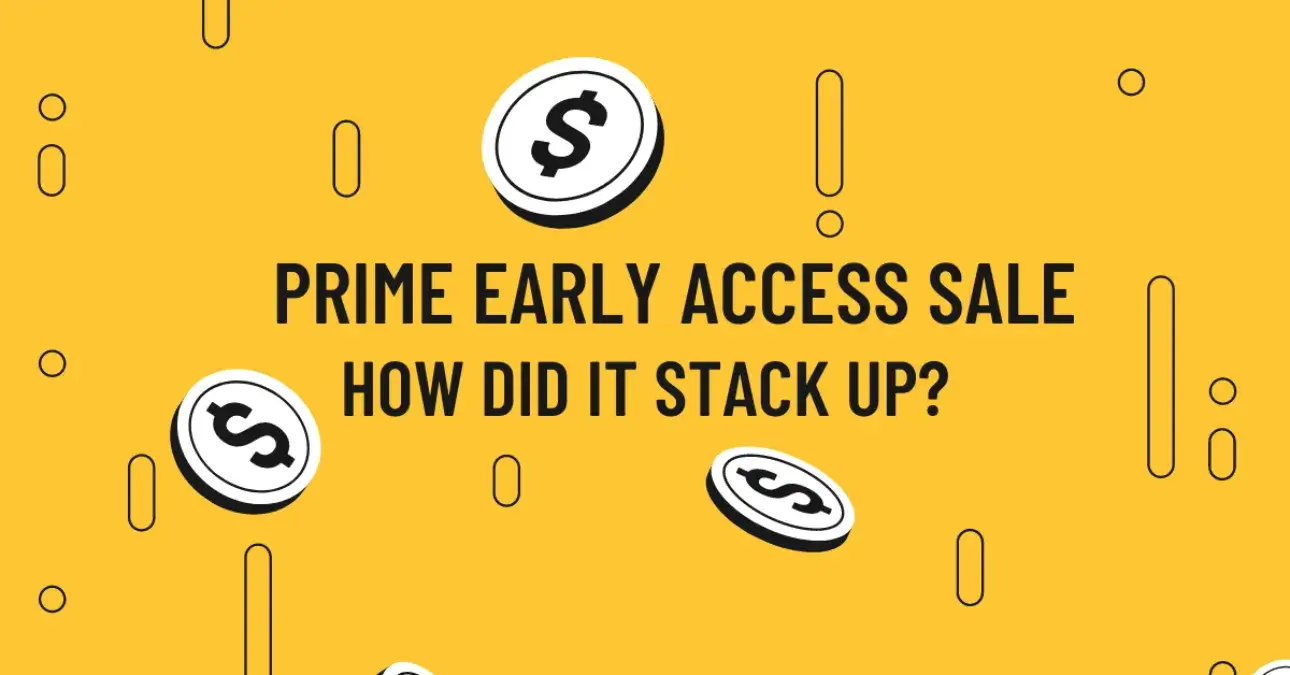Amazon announced a massive update to its FBA capacity management system. With inventory limits, fees, and policies coming under the microscope in recent years, the updates seek to improve the existing Amazon Limited Quantity policy and capacity management system.
The updated policies and management system aim to provide greater capacity limits, enhance predictability, and give more control to FBA sellers. Amazon states the changes were made in response to customer feedback regarding FBA inventory capacity limits.
The new capacity management system goes into effect on March 1, 2023, so sellers have some time to get accustomed to the overhauls of the program.
Sellers told us they need more capacity, more predictability, and more control over their inventory. Our teams have been hard at work to create a streamlined system that offers new capacity management tools and resources to better empower sellers and help them grow.
Dharmesh Mehta, Vice President of Selling Partner Services at Amazon
In the announcement, Amazon highlights four new capacity management features that will change how you run your online business.
New to FBA inventory management? Speed up the learning curve with our post on what you need to know (and do) to elevate your inventory management knowledge.
#1: A single, month-long FBA capacity limit
Say goodbye to weekly restock limits! Instead, a monthly capacity limit will take its place.
Additionally, gone are the days of separate storage limits and restock limits. Amazon cites seller feedback and confusion between the two sets of limits and how they’re measured as causes for the change.
The new FBA capacity limits seek to resolve these issues and make it easier for sellers to plan inventory ahead of time. On the third full week of each month, sellers can find their capacity limits for the upcoming month in Capacity Monitor in Seller Central or via email notification.
Notably, Amazon states that most sellers will have access to greater capacity volumes than before under the new system.
#2: Estimated capacity limits to help sellers plan three months in advance
If #1 spiked your stress levels due to concerns over long-term planning, this new addition might cool you down. With a capacity limit set for the current month ahead, Amazon will display estimated inventory limits for the following two months.
Amazon states the estimates will be based on how efficiently sellers utilize their capacity, as measured by the Inventory Performance Index (IPI) score. Similar to how a credit score seeks to measure a person’s likelihood of making an on-time payment, your IPI score measures your ability to manage inventory efficiently.
For inventory management tips & recommendations to improve your IPI, brush up on Amazon’s top tips and recommendations for managing inventory.
#3: The opportunity to request a higher quantity limit
Have a problem with your updated Amazon limited quantity? The new Capacity Manager allows sellers to request additional capacity and go beyond their allocated limits.
Of course, not every request for increased limits will be approved. Amazon states that requests will be granted objectively, with a reservation fee applied to sellers once approved.
"When additional capacity is granted, sellers’ reservation fees are offset by earning performance credits from the sales they generate using the extra capacity. Performance credits are designed to offset up to 100% of the reservation fee, so sellers don’t pay for the additional capacity as long as their products sell through."
Amazon clarified the goal is to limit unproductive storage, not to impede or impair any seller. This wrinkle in the system ups the ante on strategizing your inventory management.
#4: FBA capacity limits in volume to better reflect capacity usage
Lastly, the new inventory management system will measure sellers’ inventory in cubic feet instead of numbers of units. While the number of units will also be displayed in inventory limits, Amazon claims the cubic feet usage better represents logistical usage.
Many sellers prefer to manage inventory on units, but the cubic feet measurement provides sellers with a tad more transparency regarding storage.
Overage fees stand as one unchanged element of inventory management. The fees charged for exceeding the allotted on-hand inventory limits remain intact.
Conclusion
Sellers should get familiar with the changes as soon as possible. The updated Amazon limited quantity and inventory management system empower sellers with more control and strategy behind their inventory. Moreover, the update introduces new risks and opportunities for those who masterfully manage their warehouse supply.
Optimizing inventory management has long been critical to running an FBA business. Finding the balance of always having inventory on hand without overstocking to avoid unnecessary fees has been a challenge that significantly affects every Amazon FBA seller’s bottom line.
Amazon acknowledging imperfections in the current process certainly takes a step in the right direction. Over the past few years, disruptions in the supply chain have shined a spotlight on potential issues in inventory management. The new streamlined system appears likely to mitigate these pain points.
Inventory management skills are a fundamental aspect of running an Amazon business, but tracking your inventory limits and performance might be an increased area of focus as the switch to the new system arrives.
Sellers can use the new capacity management system and view upcoming capacity limits within their FBA Dashboard within Seller Central. With added strategy and a new level of risk and reward, the importance of efficient inventory management intensifies.







